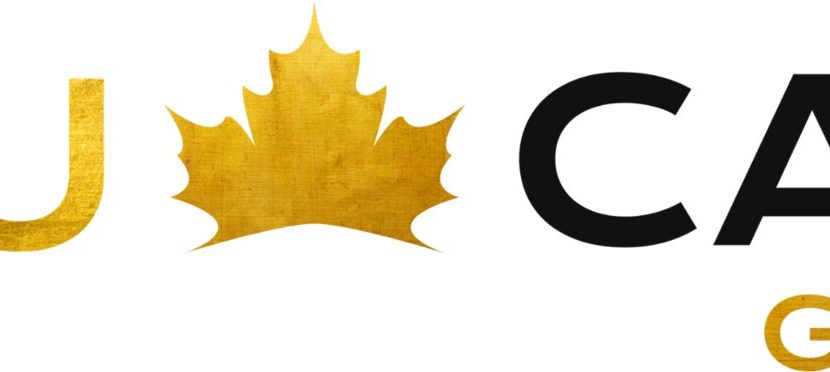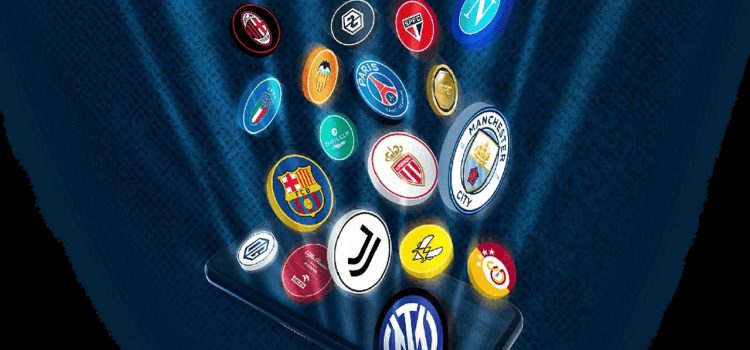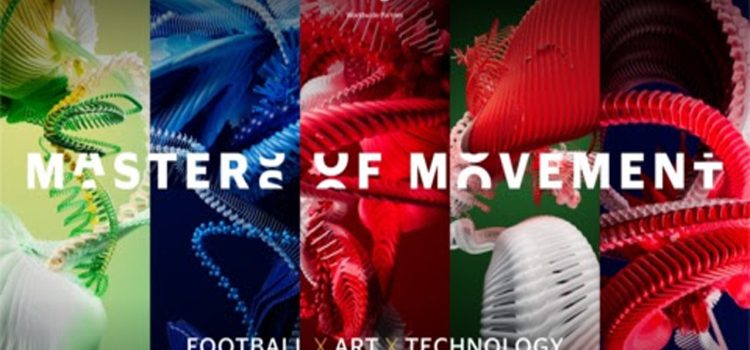Qatar’s World Cup 2022 is a first in many ways. It is not only the first to be held in an Arab country but also the first to have crypto and blockchain sponsors, namely Algorand and Crypto.com, and the first to introduce fan tokens, NFTs, and metaverse experiences. Consequently, these actions have spurred the market capitalization of fan tokens to $300 million at the onset of the World Cup according to CoinGecko.
Fan tokens for FIFA
World Cup 2022 NFT Collection was launched with Algorand blockchain technology. FIFA fans now have the opportunity to attend the tournaments and enjoy a VIP experience thanks to the official digital collectibles. In this sense, they are one of the first utility NFTs in the World Cup space. Costing as low as $4.99, 216,862 packs had been claimed by Nov. 23 from the FIFA+ Collect website out of a collection of 532,980 packs, which include 1,593,480 NFTs. Users can purchase packs using credit cards or USDC-A on the Algorand network.
Moreover, the FIFA World Cup 2022 collaborated with Matchday, a company that developed a social prediction game based on football cards, and Upland, a company that built a virtual replica of the Lusail Stadium in Qatar for fans to visit the metaverse using collectible NFTs.
Will this impact the growth of fan tokens in the region?Nabil Al Sayed, the founder of the MENA-based Nifty NFT marketplace, believes that FIFA’s approach to Web3 is reassuring.
“Football has a great fan base, and the World Cup has an even bigger one,” he explains. “This adoption of Web3 by FIFA helps engage a wider base of fans in this new space, introduces a new world to fans also gives a nudge to the ones on the fence and also proves that Web3 is the future and it is here to stay.”
Al Sayed adds that these partnerships “are just the beginning for what is yet to come.”
However, the founder of UAE Web3 social engagement platform Bonuz, Matthias Mende, says the current efforts are not enough, and that FIFA faces challenges in making their NFTs simple and friendly to purchase as well as relieving fans of gas fees.
He states, “The greatest outcome to incentivize fans to purchase FIFA NFTs is their affordable prices. Nevertheless, acquiring the FIFA NFTs should be done with gasless payments, which are currently not available on Algorand.”
FIFA is not the only entity offering fan tokens and NFTs. Binance, for example, is offering $1 million in rewards in its Web3 Blockchain-enabled football challenge. UAE-based KoinBasket, a crypto investment firm, put up 100 million Bitcoin Satoshis for grabs, and Bybit crypto exchange, which had applied for a license in Dubai through VARA, is offering 500,000 in USDT as a prize pool in celebration of the World Cup.
Are these successful campaigns to gauge fan interest?Al Sayed believes that the secret behind successful fan NFTs and tokens is the utilities that these assets hold. He explains that NFTs allow fans to “participate in voting polls for the team, go on a hunt for digital collectibles, purchase gated NFTs, and enjoy gamification features tied with fan rewards or virtual experiences.”
As for Mende, NFTs that provide “Proof of Attendance” coupled with a quest map requesting users to carry out tasks might be effective to increase and measure social engagement.
“Using this strategy, companies can rate which community members add value and which are merely attendees,” Mende expounds. “Companies can filter benefits based on these data points and determine who to grant benefits to.”
Future of sport NFTs and fan tokens in MENA
Al Sayed reiterates, “This is the first step to a whole new way of consuming sports. We are just scratching the surface. This year it started with fan tokens, and by 2026 we will be seeing more immersive experiences and a wider range of products beyond tokens and games.”
Blockchain will be the norm for the upcoming World Cup, Mende predicts. According to him, the general public will see the emergence of “Tracking NFTs.” Since these NFTs will track users’ activity in a similar way that cookies do, they will provide a high level of transparency for understanding real user behavior. “Users will be happy to exchange this data for NFTs, digital rewards, and virtual benefits,” he claims.













